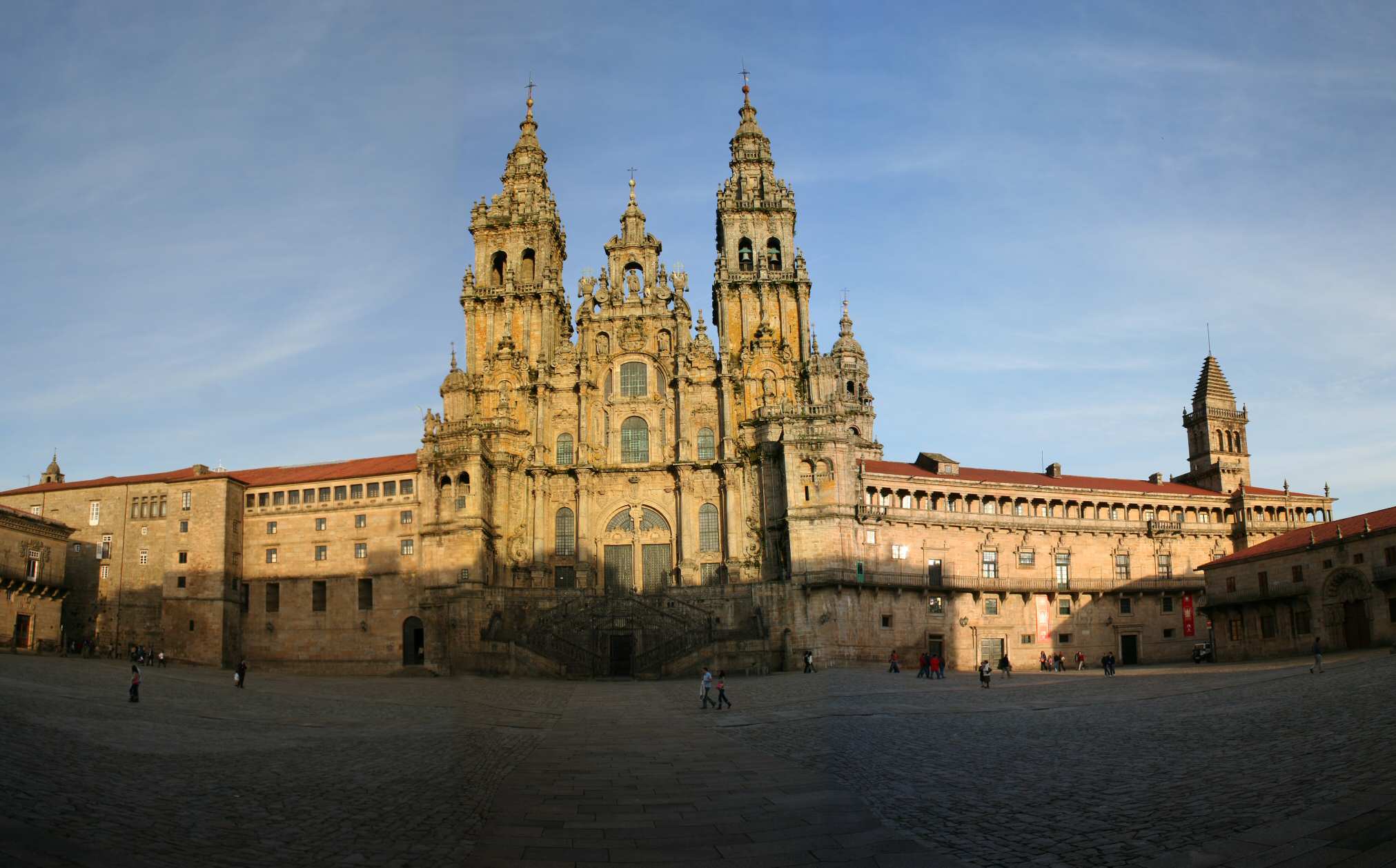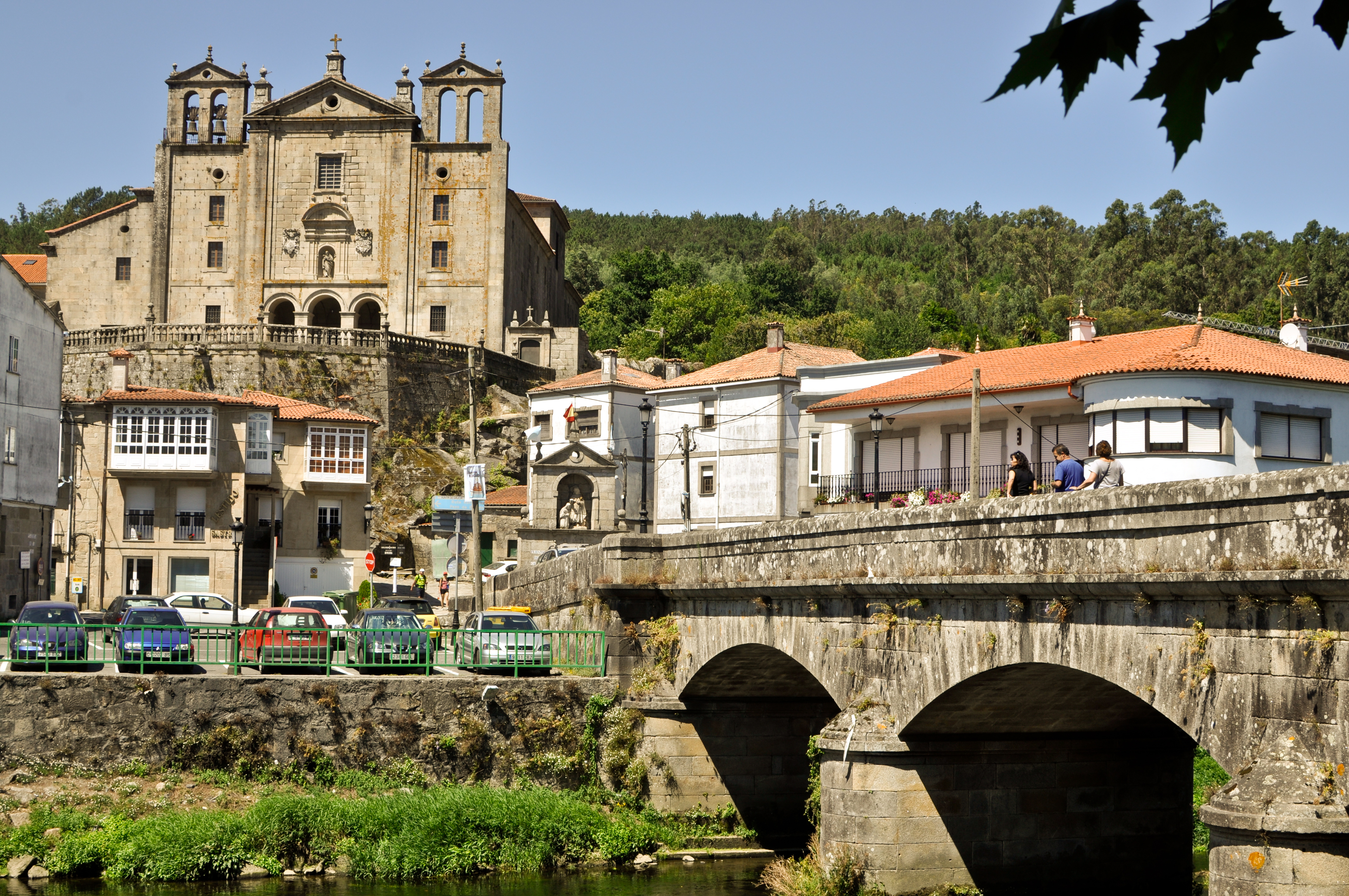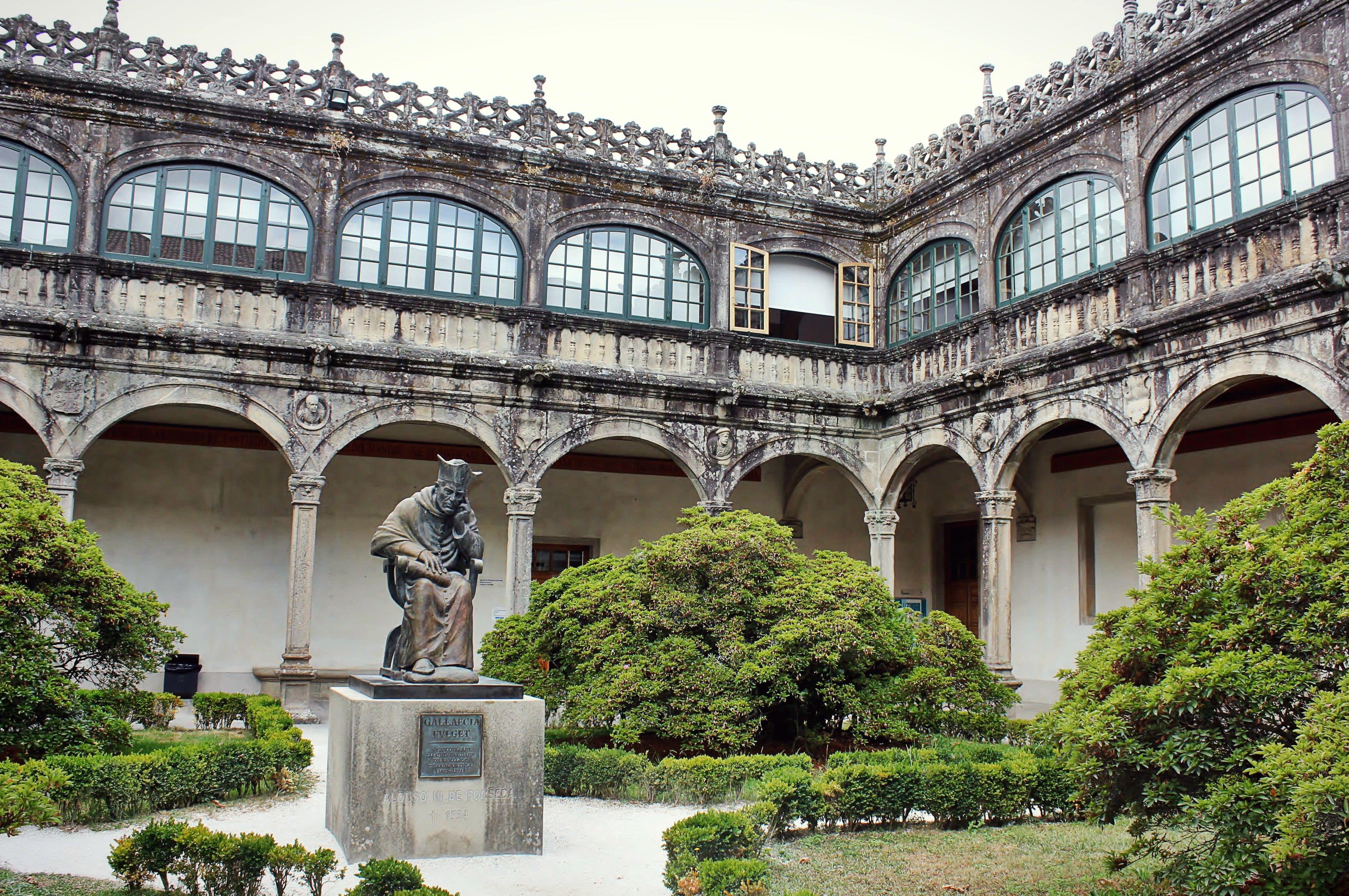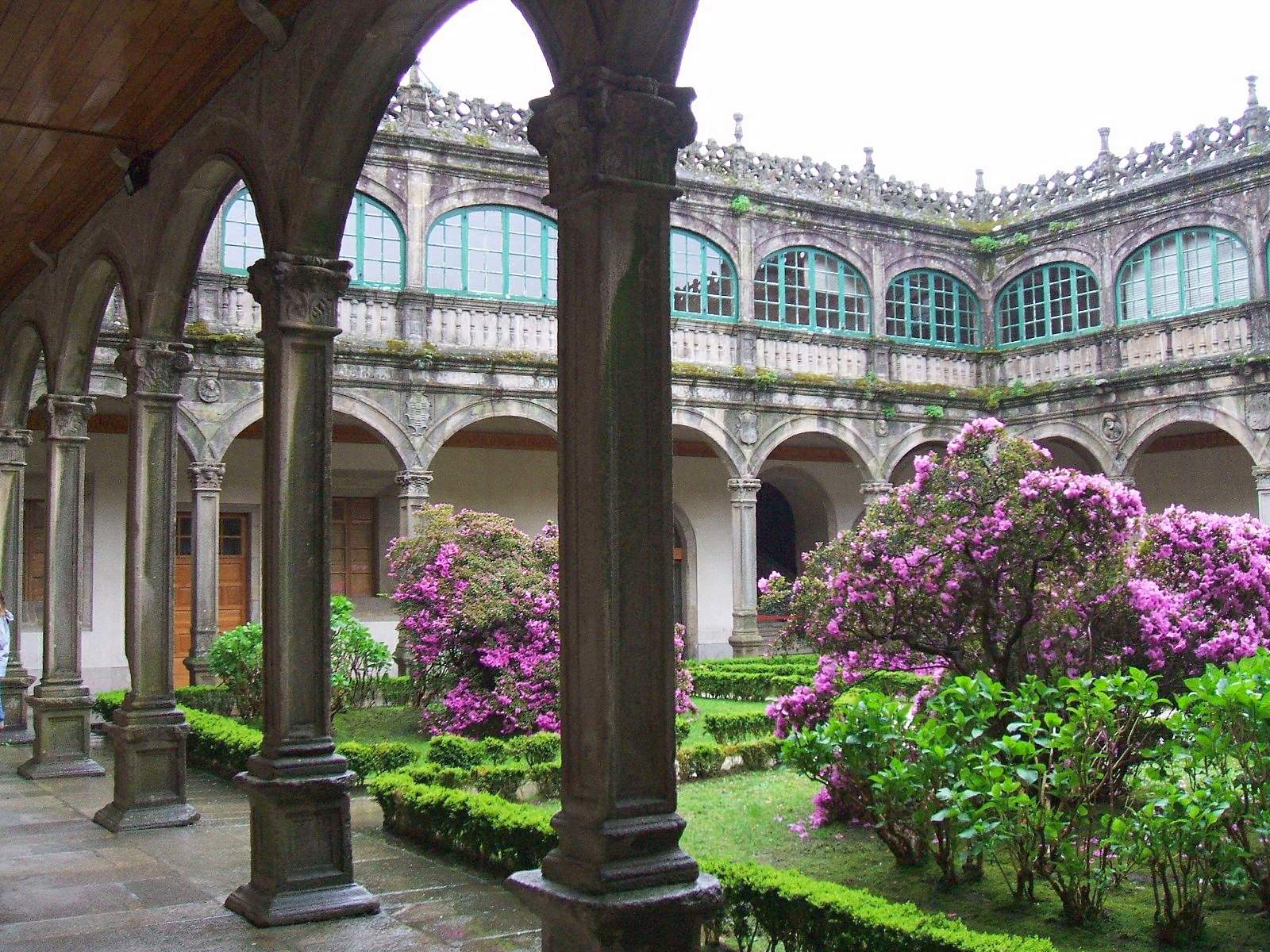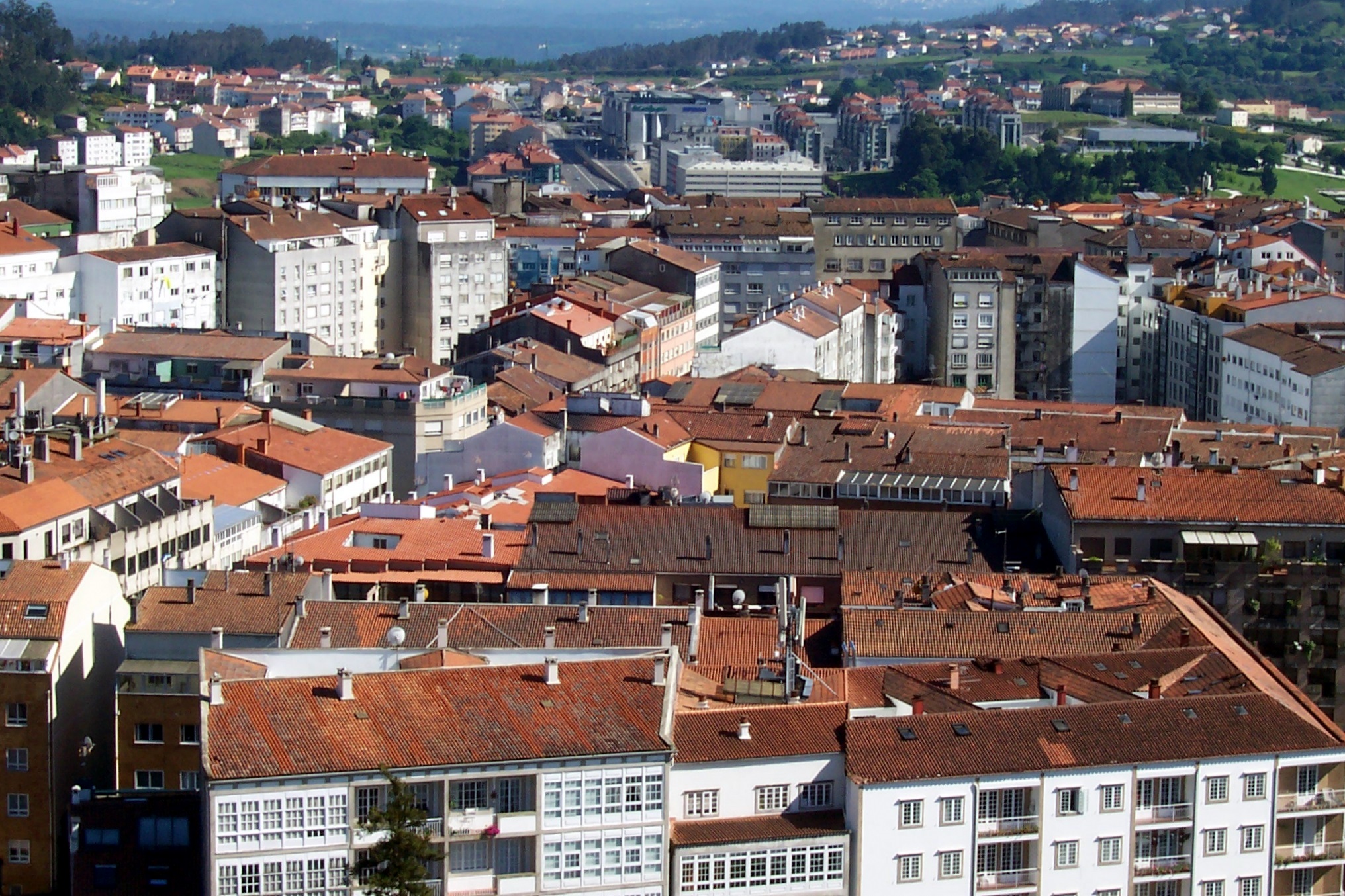Private Tour of Santiago de Compostela with English Speaking Guide
 Photo permit included
Photo permit included
 Tour by public transport
Tour by public transport
 Canal Boat tour included
Canal Boat tour included
 Train tickets included
Train tickets included
 Suitable for little children
Suitable for little children
 Wheelchair accessible tour
Wheelchair accessible tour
 Museum ticket included
Museum ticket included
 Light snack included
Light snack included
 Lunch included
Lunch included
 Transportation included
Transportation included
 Walking Tour
Walking Tour
Begin your half-day guided journey by bus from Vigo to Santiago de Compostela, the second Catholic pilgrimage site after Rome. According to legend, the remains of its namesake, the Apostle Saint James, were found and are buried here. Santiago de Compostela is the final destination of the legendary Way of Saint James medieval pilgrimage, and a UNESCO World Heritage Site.
What's included
- Guide
- Transportation
Highlights
Itinerary
09:00
Santiago has one of the largest numbers of monuments in Spain and a particular architectural style all its own. Its fantastic monuments attract visitors from around the world. Between its historical walls is a youthful ambiance due to the large student population and one of Spain’s most famous universities. The region’s cuisine enjoys a national reputation and it is said that nowhere can you eat better seafood than in Galicia. As one of the great cultural centers of the continent, the small town of Santiago holds big surprises for its visitors. Along your ride into Santiago, your guide will impart some of the region’s history; a perfect prelude to the sights that await you in the town. Upon arrival in Santiago, proceed past the Obradoiro faade of the cathedral’s exterior, the work of Fernando de Casa y Novoa, considered one of the greatest expressions of the Spanish Baroque period.
The cathedral is a convergence of Romanesque, Gothic, and Baroque architectural styles. Proceed to the cathedral’s interior for discovery and commentary on the history of Saint James. The main entrance, Portico de la Gloria, was constructed by Maestro Mateo in 1188. It houses hundreds of figures representing the Apocalypse and a column featuring the figure of St. James the Apostle appears to welcome the pilgrims from the Mullion. Construction of the Cathedral of Santiago began in 1075 when it is believed that the body of the Apostle was discovered in the early IX century. The Baroque-style main altar contains the crypt of the Apostle St. James and the silver urn containing his ashes. At the conclusion of the visit to the cathedral, proceed to Hostal de Los Reyes Cat-licos, a 17th-century building declared a national monument.
Resume your guided walking tour through the quiet streets and picturesque squares of Santiago passing the Plaza del Obradoiro and Palacio Rajoy, an enormous and elegant neoclassic building housing the Presidency of the Xunta of Galicia and the Compostelano City Council. Follow your guide to the bus, waiting to return you through the impressive Galician landscape before arriving to Vigo and the ship.

